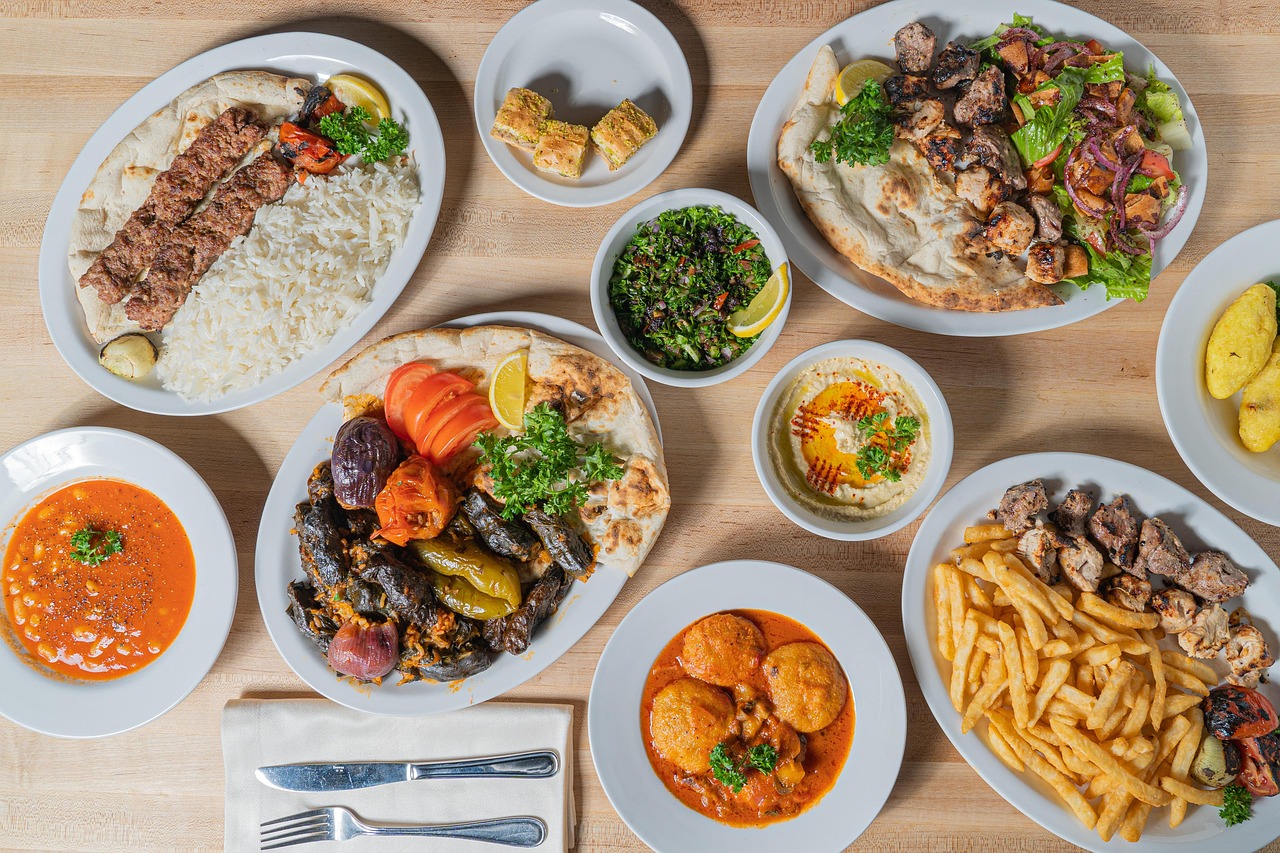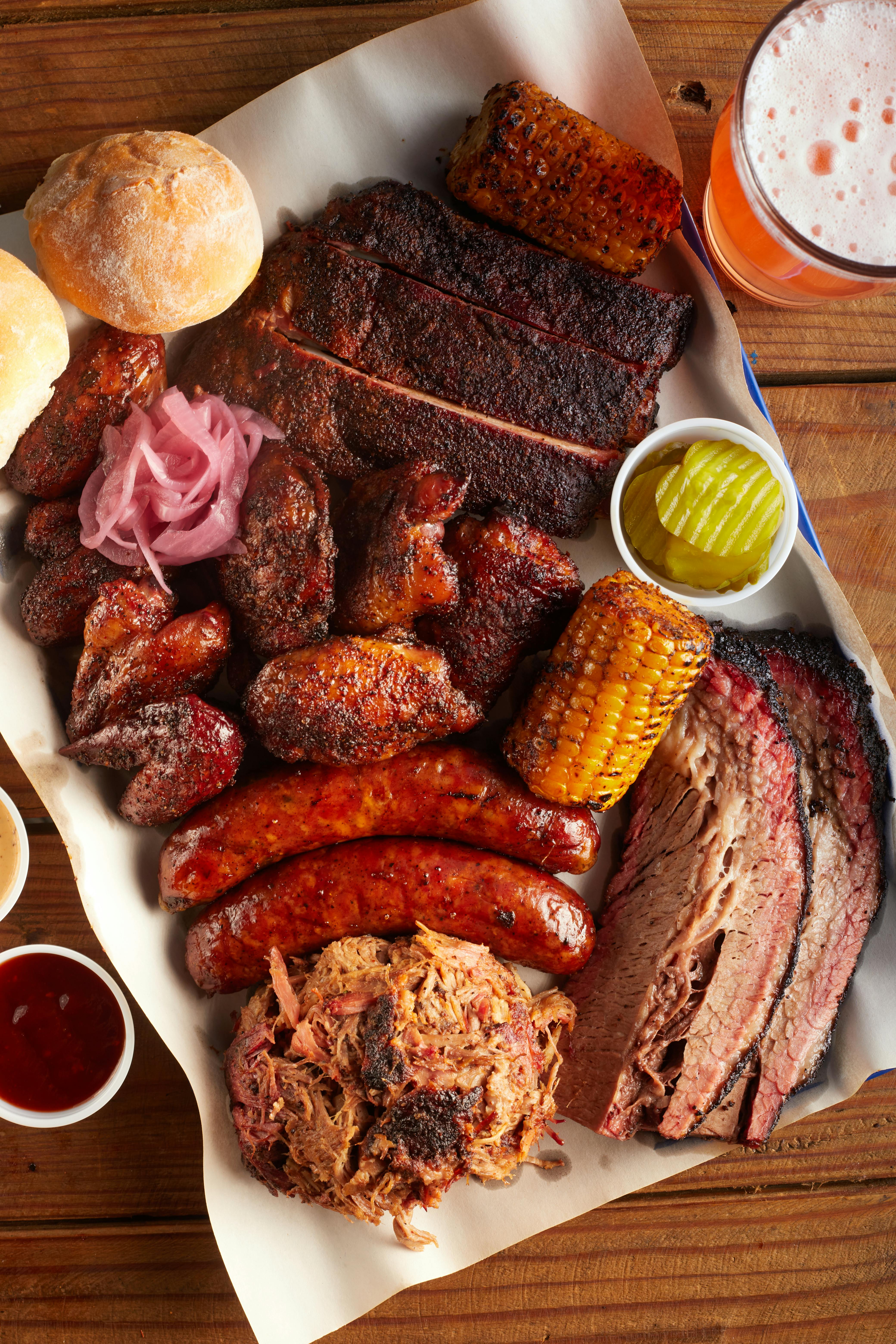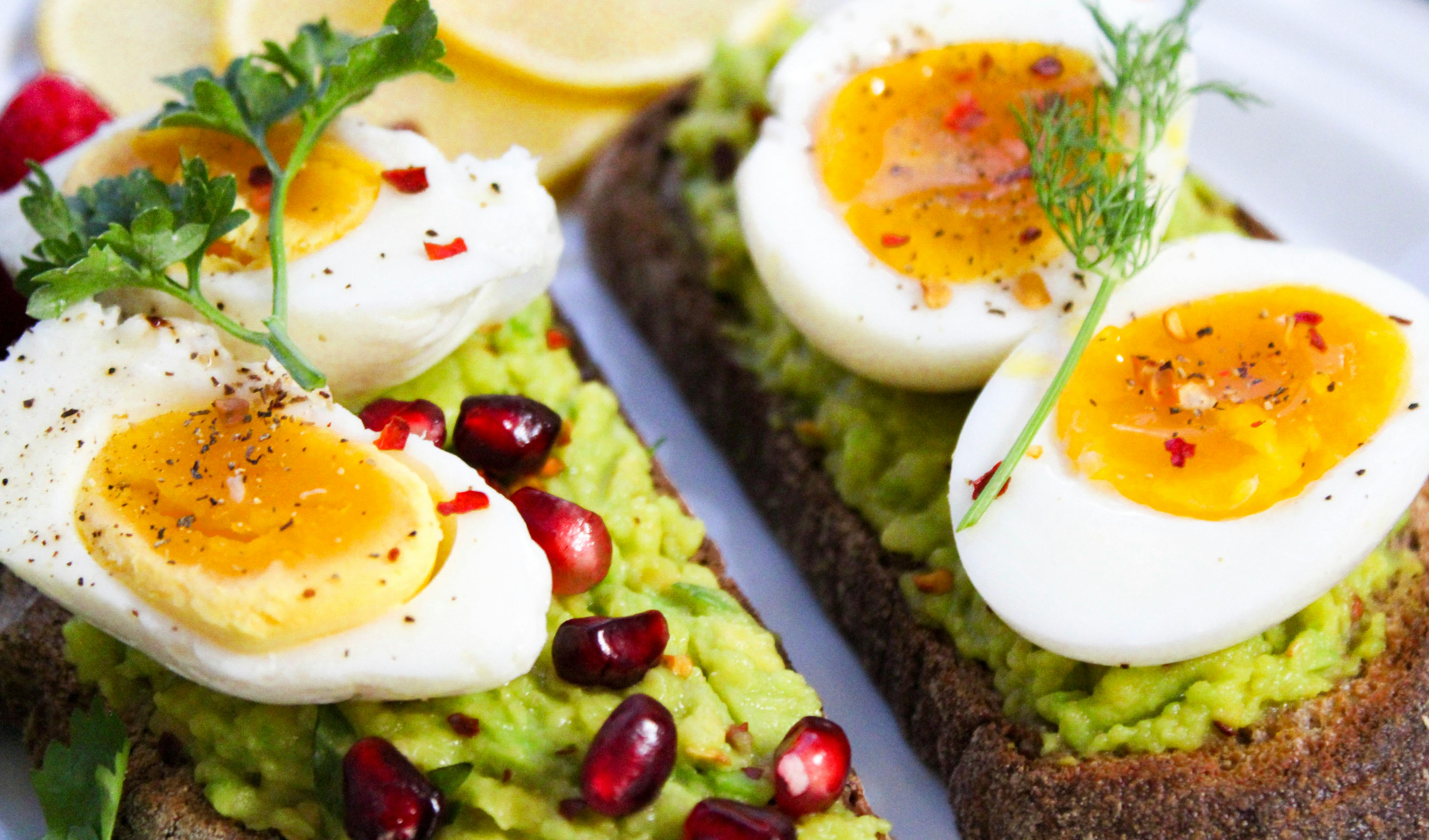Feasting on Freedom: A Culinary THREAT LETTER from the Red, White and Blue

AMERICAN FOOD IS THE BEST FOOD ON EARTH and I will fight a goose in a Walmart parking lot at 2 a.m. to defend that statement. Do you understand what kind of culinary chaos this country has achieved? We took Italy's pizza, added 12 pounds of meat, stuffed the crust with cheese, then deep-fried the whole thing and called it an appetizer. The French gave us a baguette; we said, "Nice stick, Pierre," sliced it in half, crammed it with five animals and ranch dressing, and called it a sandwich. Why? BECAUSE WE COULD.
American food isn’t cooked—it’s summoned. It's forged in the fires of tailgate grills and forged again in the grease traps of forgotten diners. It doesn’t ask for permission or forgiveness. It comes out of the kitchen wearing sunglasses and cargo shorts, dragging a bacon-wrapped corn dog in one hand and a gallon of sweet tea in the other, whispering, “Freedom has a flavor, and it's butter-based.”
The Soul of America
American food is less a cuisine and more an edible rebellion—one forged in migration, mischief, and mesquite smoke. Its soul isn’t found in refinement or rules but in its audacious commitment to remixing heritage dishes with unapologetic freedom. From kimchi on a quesadilla to barbecue that doubles as a religion, American cooking is a love letter to celebration and innovation. It's a myriad of flavors stitched together by immigrants, outlaws, and suburban dads with suspiciously modified smokers. In America, food is a story—told louder, weirder, and often with ranch.
Diversity

You think this country was built on dreams and ambition? WRONG. It was built on recipes. It was built on matzo balls, jollof rice, pho, gumbo, and tamales smuggled across oceans and borders and lovingly adapted to fit into dollar-store cookware in strange new cities.
We didn’t just inherit food. We Frankensteined it. German immigrants brought sausages—now we have chili cheese dogs. Italians brought pasta—now we have mac and cheese served in a bread bowl with pulled pork and a full apology to Grandma Maria. Chinese rail workers laid the tracks and gave rise to General Tso’s Chicken, which has no known connection to any actual Chinese general, but might be a demigod of sweet-and-sour vengeance.
Every dish here is a ghost story of migration, survival, and the relentless American desire to add cheese. We have soul food made from sorrow and genius. We have Native traditions buried under a Taco Bell but still singing in fry bread and hominy. Every bite is someone’s grandmother’s revenge.
Fusion Cuisine

Fusion cuisine is what happens when a country is left unsupervised in the kitchen and decides to introduce Vietnam to the Philly cheesesteak. It is not elegant. It is not subtle. It is the food equivalent of a mullet wearing Gucci sunglasses.
We’re talking kimchi quesadillas, sushi burritos, and ramen burgers—things that shouldn’t exist but do, because American chefs saw two cultures and said, “Why not both, and also add bacon?” It's like culinary Mad Libs with a blowtorch. You might get Korean barbecue nachos. You might get Cajun-Creole pizza with Thai peanut sauce and a side of deep existential crisis. You will not get moderation.
But here's the unhinged brilliance: fusion food in America isn’t made by diplomats. It’s made by weirdos with access to commercial kitchens. It’s not about delicate balance—it’s about explosion, drama, and the belief that flavor is a right, not a privilege.
Barbecue

Oh sweet flaming rib tips of liberty. Don’t even get me started on barbecue. We worship smoke. We measure time in brisket hours.
Barbecue in America isn’t just a cooking method—it’s a ritual blood sport disguised as a neighborhood cookout. Other countries may “grill” things like vegetables and tofu (how quaint), but here? We incinerate entire beasts with low heat and high passion while arguing about sauce viscosity like it’s a Supreme Court case.
You’ve got Carolina barbecue, where vinegar is the blood of the ancestors and pulled pork is a birthright. Then there’s Texas, where brisket is considered a sacred document and cowboys slow-smoke it for 14 hours using mesquite, hardwood, and the power of sheer spite against the unforgiving desert. Kansas City slathers their meat in sauce so thick it counts as a sixth food group, and Memphis has turned dry rub into a deadly weapon that’s probably banned under international law.
Barbecue is how Americans measure love, time, and property lines. If your uncle doesn’t own at least two smokers and one mysterious drum made from an oil barrel that may or may not have been used in the Gulf War, are you even American?
But American Food is Suuuuper Unheeeaaalthy!

Contrary to popular belief—and international slander—American food isn't just one long conveyor belt of fried meats and carnival cheese logs. No, no. Hidden among the bacon-wrapped monstrosities and soda fountains the size of birdbaths, there exists a wholesome, radiant underbelly of American cuisine where quinoa doesn’t get laughed out of the pot.
There’s the farm-to-table cult, first of all. These people are harvesting heirloom tomatoes like they’re precious gemstones, dry-brining radishes, and whispering to their microgreens under biodynamic moonlight. You haven’t lived until you’ve seen a Portland chef weep with joy over an organic turnip grown by a goat therapist in Vermont.
Then there’s the California effect, where everything is avocados, sprouts, and agave nectar, and people act like chia seeds are actual currency. They invented the power bowl. You know what’s in a power bowl? Basically every vegetable on Earth, 37 kinds of beans, and one regretful piece of grilled chicken who didn’t know what it signed up for.
We also have regional cuisines that are secretly health powerhouses. Hawaiian poke? That's raw fish and vegetables—essentially a sushi salad that went to a luau. The Pacific Northwest? Salmon, berries, foraged mushrooms, and smugness. Appalachian food? Surprise—it’s full of wild greens, legumes, and root vegetables that would make your nutritionist cry tears of kale-based joy.
American food can absolutely be healthy. We just hide it like a national secret under a pile of nachos so no one gets suspicious. But it’s there, baby. In our grain bowls, our roasted vegetable medleys, our lean bison chili and tofu tacos served on corn tortillas that whisper "liberty" with every bite. We even have smoothies that are so healthy they taste like wet lawn clippings—but that’s the price of clean living, apparently.
So next time someone tells you American food is just pickles and waistlines, you tell them, “Yeah, that’s just the top layer. Dig deeper and you’ll find a beet salad that’s been locally sourced and emotionally supported since infancy.” And then do a yoga pose in the middle of the grocery store for dramatic effect.
So What’s My Point?
Look, if you're out here demanding that every piece of writing explain itself like it’s testifying before Congress, then I regret to inform you: this article is a runaway food truck driven by a possum in a cowboy hat. It’s not here to hold your hand. It’s here to shout TRUTH through a bullhorn made of brisket.
But fine. If you need a thesis like your literary vitamins, here it is: American food is glorious not in spite of its chaos, but because of it. It is fusion without fear, tradition with a side of fries, rebellion deep-fried in nostalgia. It is proof that when you give a bunch of immigrants a commercial kitchen and a country full of questionable decision-making, you don’t get disaster—you get donuts stuffed with curry chicken and dipped in Sriracha-honey glaze. That’s not a punchline. That’s a cultural monument.
Now obviously, there’s no such thing as the “best” food in the world (and even if there was, we all know it would be Slovakian food, amiright?). However, I can never love another cuisine like I love my own. As my last article for Cook’n, I appreciate you letting me indulge in my favorite field of cookery. Now go forth and make tasty.

 Matthew Christensen
Matthew Christensen